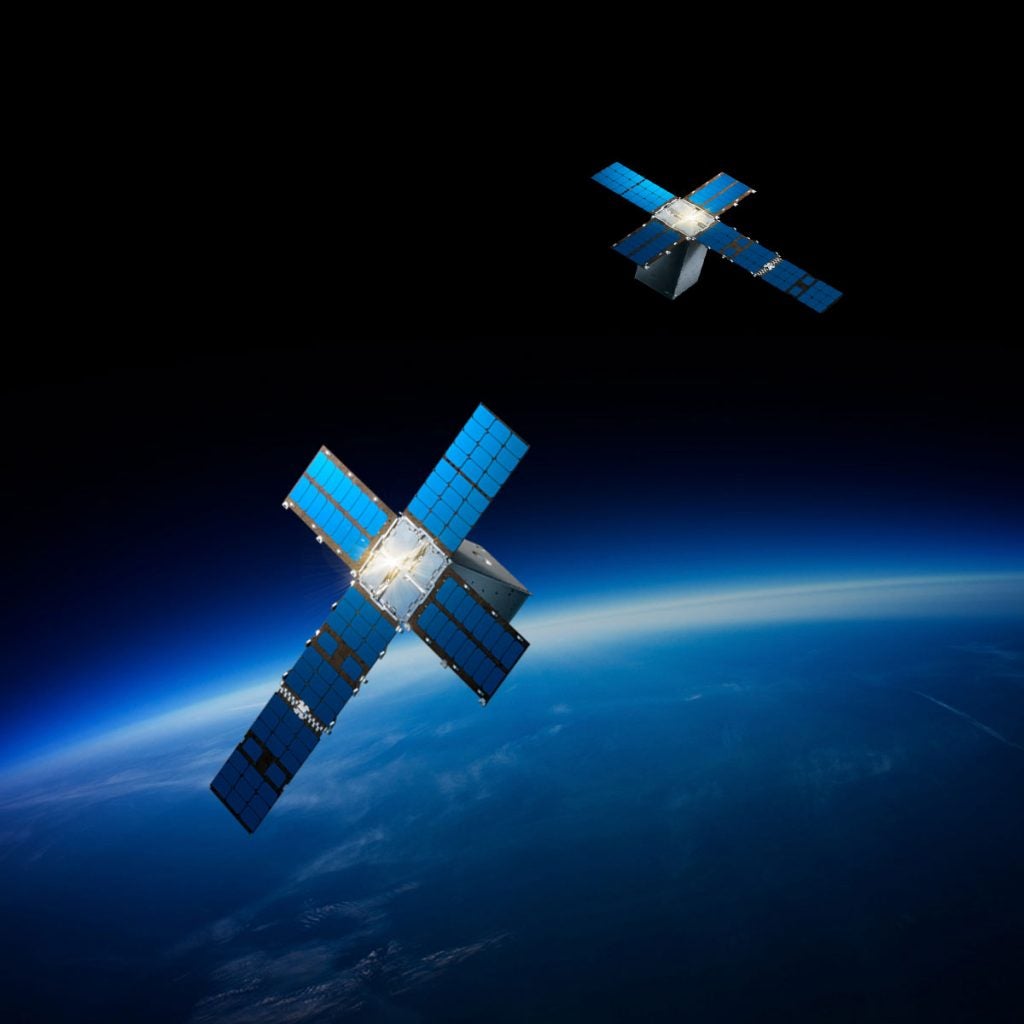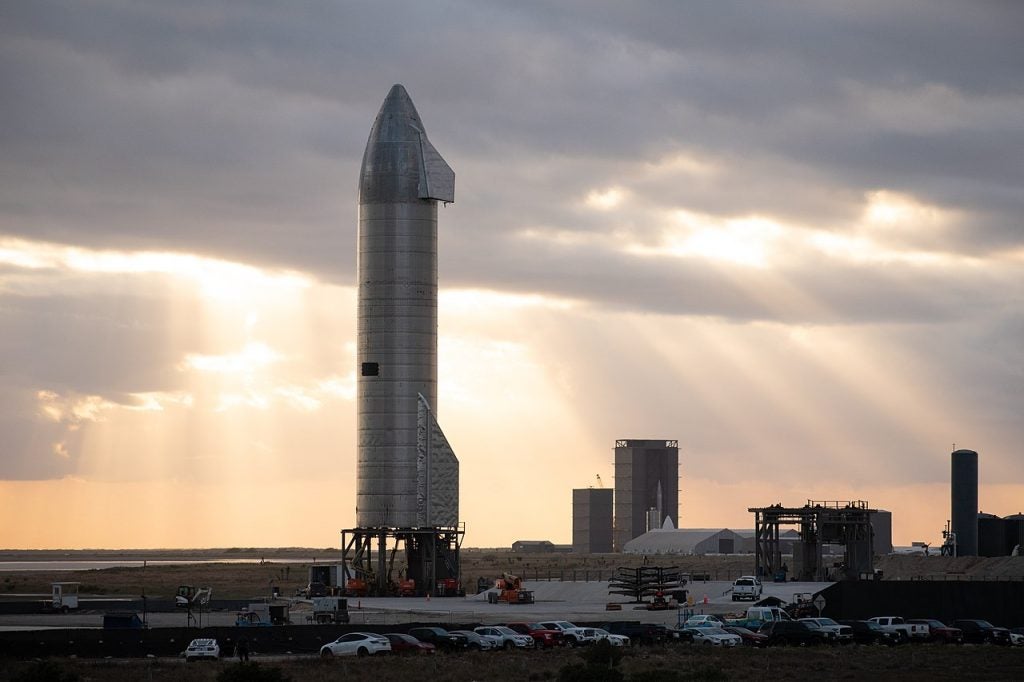Space Force Expanding Partnership with SpaceX
On 2 June, General Atomics Electromagnetic Systems announced that its new CubeSats (miniature satellites that operate in low Earth orbit) equipped with laser communications terminals have completed ground testing. Two General Atomics CubeSats are set to be placed in orbit later this month; their mission will be to provide an avenue for optical links communications between Department of Defense (DoD) systems like the MQ-9 Reaper. Built for the DoD’s Space Development Agency, the satellites will rely on SpaceX’s reusable Falcon 9 rocket to get off the ground.

SpaceX’s space lift contracts with the military are nothing new but the Air Force’s justification documents for the recently released FY2022 defense budget proposal sheds light on what could become an additional area of cooperation (the Space Force exists under the Department of the Air Force):
“The Department of the Air Force seeks to leverage the current multi-billion dollar commercial investment to develop the largest rockets ever, and with full reusability to develop and test the capability to leverage a commercial rocket to deliver AF cargo anywhere on the Earth in less than one hour, with a 100-ton capacity. The Air Force is not investing in the commercial rocket development, but rather investing in the Science & Technology needed to interface the capability with DoD logistics needs, and extend the commercial capability to DoD-unique missions. Provides a new, faster and cheaper solution to the existing TRANSCOM Strategic Airlift mission. Enables AFSOC to perform current Rapid-Response Missions at lower cost, and meet a one-hour response requirement.”
While the idea of a logistics space rocket is not new, today there is only one vehicle which is known to be in development and matches the criteria outlined by the Air Force Department: SpaceX’s Starship. SpaceX describes the craft as a “fully reusable transportation system designed to carry both crew and cargo to Earth orbit, the Moon, Mars and beyond” and has continued to make significant progress in its development over recent months.
The platform could offer the Space Force even greater capabilities with the Motley Fool’s Rich Smith proposing that the vehicle could go beyond just a fuel tanker and operate as an intelligence, surveillance, and reconnaissance (ISR) platform in orbit. Whether or not the Space Force eventually decides to use Starship for the purpose, it is clear that SpaceX is, more than any other company, in a position to provide the service the platforms it wants at an affordable price and that the military is taking notice.

